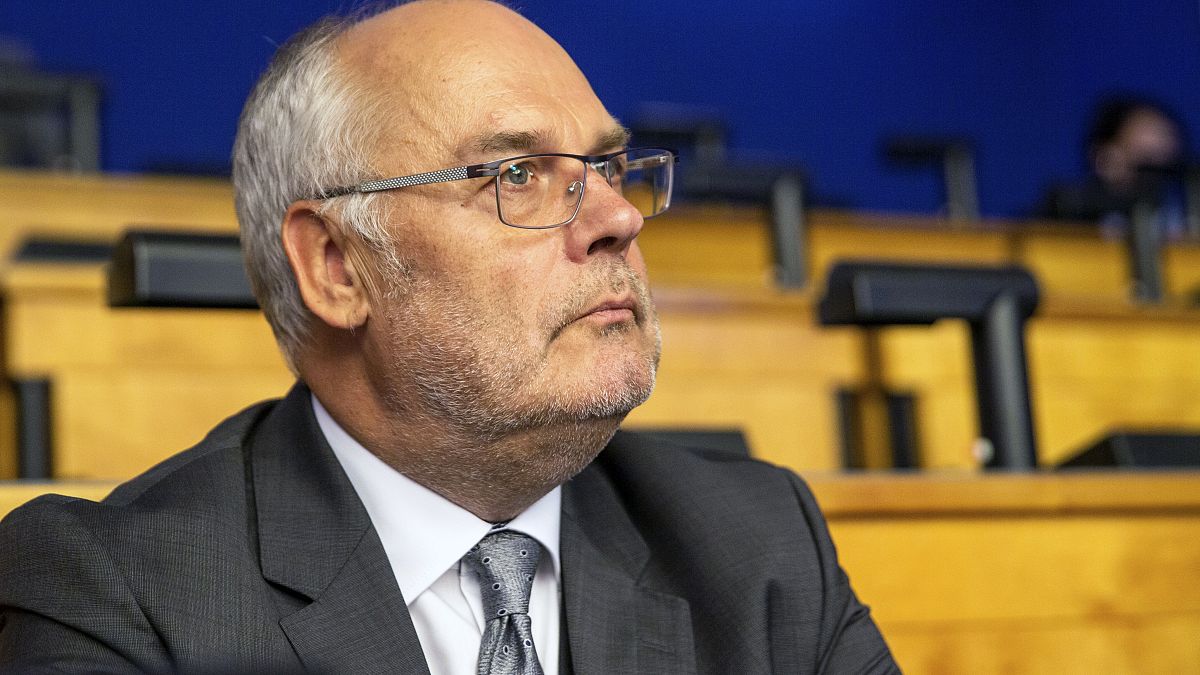Estonia’s Parliament on Monday failed to elect a new president to the Baltic country after lawmakers rejected the only candidate in the first round of voting.
Estonia’s parliament has failed to elect a new president after lawmakers rejected the only candidate in the first round of voting.
Alar Karis, director of the Estonian National Museum, received support from just 63 lawmakers in the secret ballot on Monday.
He needed a two-thirds majority -- or 68 votes -- in the 101-seat Riigikogu legislature to be elected.
Sixteen lawmakers submitted blank votes, with the rest were either absent or abstained from voting. The result means that further rounds of voting will be held on Tuesday, while new candidates can be put forward.
"Tomorrow’s another day. I trust we’ll get a different kind of result," Karis told reporters immediately after election officials had announced the official results.
If the second round of voting fails to yield a result, the election will be transferred to a special 208-member electoral college consisting of lawmakers and representatives of municipalities who would vote on a new head of state in September.
Karis, a former state auditor and university president, was the only candidate running in the election to succeed Kersti Kaljulaid, Estonia’s first female president.
His chances were fancied after he was endorsed by Prime Minister Kaja Kallas’ Reform Party and the Centre Party — which make up Estonia’s centre-right coalition government.
Kaljulaid was unable to seek another five-year term in office because she failed to obtain the support of 21 lawmakers to nominate her as a candidate.
She herself was elected in 2016 after a complex procedure when both the parliament and electoral college initially failed to elect a head of state. Voting on that occasion was then moved back to Estonia's parliament or Riigikogu.
The role of the Estonian President is largely ceremonial, representing the nation abroad and acting as a domestic opinion leader, while the country's prime minister holds the most power.
But the president does have the authority to veto laws, formally appoints government ministers and also serves as supreme commander of Estonia’s armed forces.
Both the Reform Party and Centre Party had praised Karis for his academic background and understanding of Estonian society.
The former head of the University of Tartu was also supported by two of the opposition parties, the Social Democrats and the conservative Fatherland.
But the populist right-wing EKRE party had indicated that it wouldn’t support Karis after the party failed to register its own proposed candidate in the election.
